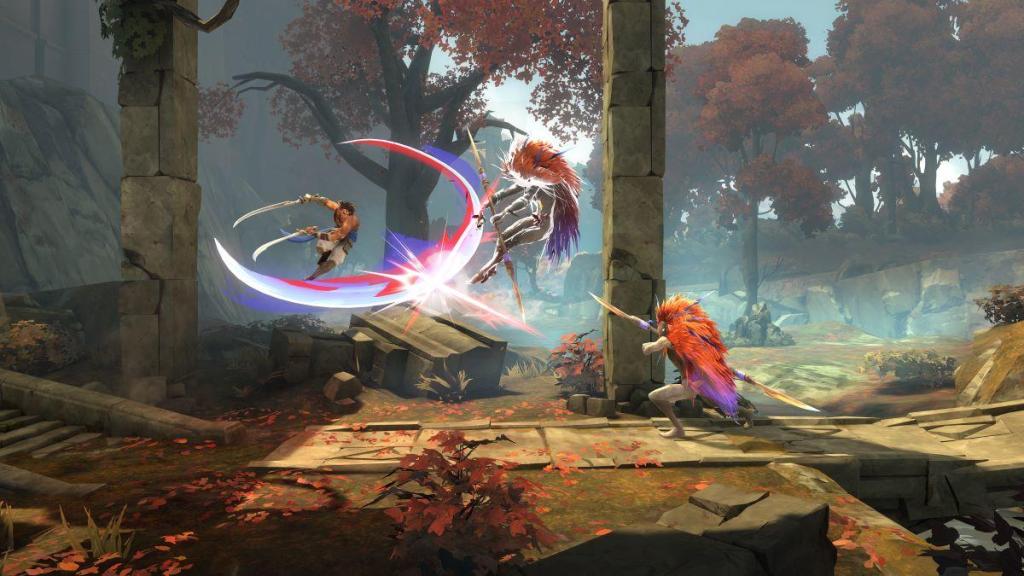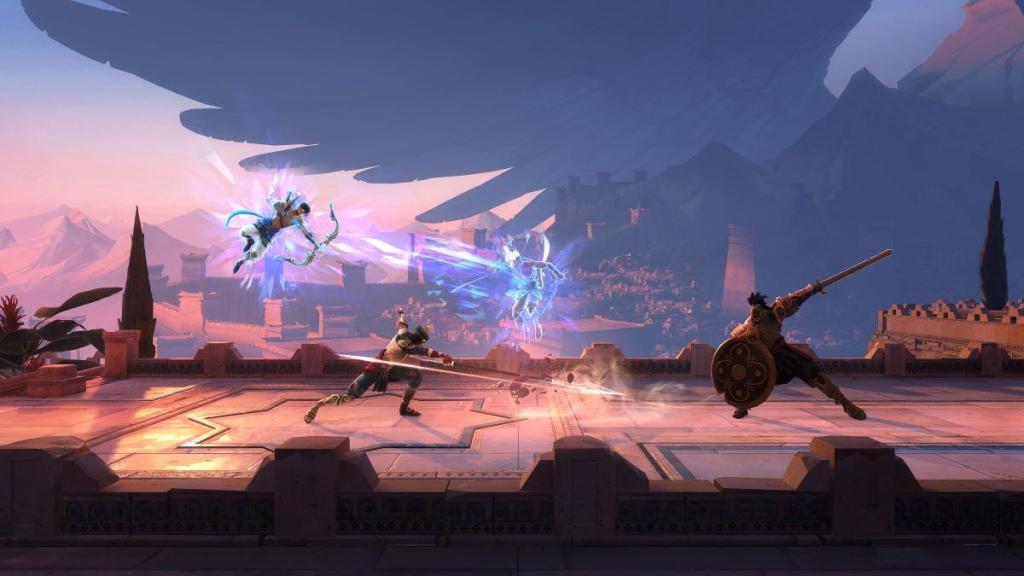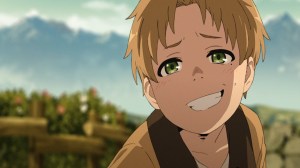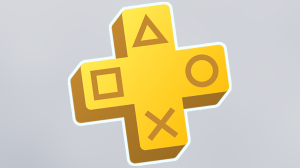I have a confession to make: I don’t really like Ubisoft’s Prince of Persia series. Growing up, I always found The Sands of Time to be greatly overrated. When giving the franchise another shot with its 2008 reboot, it again failed to leave an impact. And then on the big screen, not even Jake Gyllenhaal’s flowing locks were enough to turn me into a fan. So when I tell you all of this but then say that Prince of Persia: The Lost Crown is downright fantastic, you know that my opinion isn’t one that dripping in nostalgic bias whatsoever.
Videos by ComicBook.com
Prior to this week’s Ubisoft Forward event, I was able to go hands-on with about 30 minutes in total of Prince of Persia: The Lost Crown. Rather than taking the series back to its heyday in the 3D era, The Lost Crown returns to the 2D format was seen in its original installment back in 1989. By comparison to that original adventure, though, The Lost Crown is far more mechanically intense in all of the best ways.

Unlike most other games in the action-platformer genre, Prince of Persia: The Lost Crown has a staggering amount of depth with its combat mechanics. Sargon, the new player-controller character, comes equipped with a pair of swords, a bow, and a boomerang-style weapon that can all be used to chain together combos and take down foes. Outside of simply having these tools at his disposal though, it’s the manner in which Sargon can use his weapons that makes The Lost Crown incredibly fun. The swordplay, in particular, allows Sargon to launch enemies into the air, strike downward at them from above, or carry out a string of basic attacks to send them flying across the screen. Combat is fast-paced and allows for a ton of experimentation, especially when rotating between melee and ranged weapons within extended combos.
Where the action gets even more intense, though, is when you take into account the time-shifting abilities that are present within The Lost Crown. Similar to Sands of Time, Sargon is able to use some unique powers that allow him to create a “clone” at a set point on the map and then snap back to that point with a single press of the button. When returning to this clone, Sargon’s animation picks up exactly where it left off when creating the clone. This isn’t only used for puzzle-solving purposes, but it also lets Sargon do things like wind up an attack, create a clone, and then return to that fixed point to finish out a string of attacks against a baddie that may have come into the path of the clone.
Platforming also comes with a fair bit of complexity although the mechanics themselves are a bit more straightforward. Sargon is able to air dash, wall jump, and slide his way past various objects in the environment. None of these abilities are all that unique to the platforming genre, but again, it’s the speed with which you can move in The Lost Crown that feels great. As I neared the end of my preview session, I found myself zipping through each section of the map while taking out opponents in a flash.

All of these various mechanics were eventually put to the test in a boss fight which closed out my time with Prince of Persia: The Lost Crown. The lone boss I was able to take on was incredibly difficult (as was the rest of the demo) and kept me glued to the edge of my seat. This might be an odd comparison, but The Lost Crown reminded me a lot of a game like DOOM Eternal. Much like Bethesda’s acclaimed shooter, the latest Prince of Persia game forces you to use every ability in your toolkit if you want to advance further. This battle required me to constantly be dodging, parrying, and using healing skills while also trying to doleout damage in small bursts. Eventually, I was able to best the monster that I was squaring off with, but it wasn’t without my full focus and concentration.
For those that may be interested in The Lost Crown’s Switch version, in particular, Ubisoft seems to already have the game running incredibly well. While my main demo took place on a PC unit, I also played a bit of the Switch iteration (in handheld mode) and found it to be incredibly stable and impressive looking. Not to mention, the Switch version of Prince of Persia also runs at a buttery smooth 60 frames per second, which seems like a rarity on the platform. So even if you’re someone that might look to play The Lost Crown on older hardware, it seems like the experience should still be solid.

The reaction to The Lost Crown from some Prince of Persia fans has been a bit negative, but there’s absolutely no reason in my mind to be down on this game. In fact, The Lost Crown is the type of project that I think Ubisoft should be releasing more often. During a time when Ubisoft seems to keep regurgitating new installments in its most popular franchises, Prince of Persia: The Lost Crown looks to be injecting new life into a series that has been in desperate need of a new vision. Although Ubisoft has a lot of other big games in the pipeline, The Lost Crown is far and away the title I am most excited to play from the publisher in the coming year.
Prince of Persia: The Lost Crown is poised to release on January 18, 2024, and will come to PlayStation 5, PlayStation 4, Xbox Series X/S, Xbox One, Nintendo Switch, and PC.








